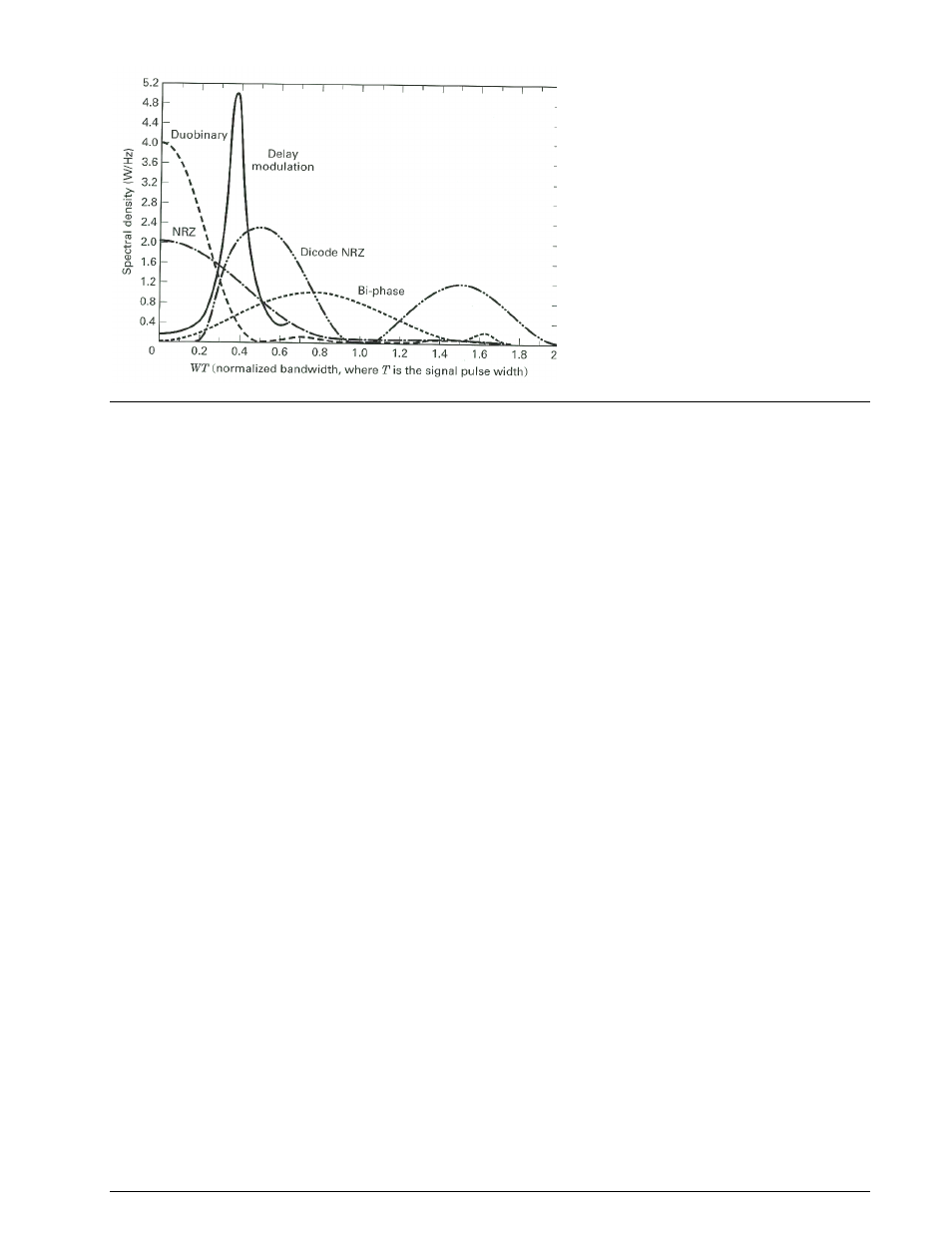Encryption – Wavecom W61PC V7.5.0 User Manual
Page 108

98
Fundamentals of Radio Data Transmission
WAVECOM Decoder W61PC/LAN Manual V7.5
Encryption
To protect data transmissions against interception, various methods are in use.
The encryption process basically processes clear text with a key, with the transformed message then
transmitted over the insecure media. At the receiving end, deciphering is achieved using the same key
and the clear text message is recovered
Encryption may be on-line or off-line. On-line or stream encryption takes place at transmission time,
whereas off-line or block encryption often is done before transmission, usually in the form of coding the
clear text message into five letter or five figures groups. This is done by a key sequence.
Bit inversion inverts logical zeroes of a codeword with logical ones and vice versa either in a static pat-
tern, e.g. bit 3 and bit 5 or in a dynamic pattern depending on the value of the codeword. The result of bit
inversion is character substitution – the original clear text character is substituted with another charac-
ter.
Character transposition or permutation replaces characters in one position in the clear text with char-
acters in another position. One of the most famous implementation of permutation transformations is the
German Enigma cryptographic machine in use before and during World War II.
Substitution and permutation of clear text messages is relatively easily broken using statistical methods
and a knowledge of the frequency of characters in various languages.
Shift-register encryption, a stream encryption method, uses one or more shift-registers into which the
clear language message is shifted and EXORed with a key or part of itself. Taps in various positions of the
registers may feed bits back to the input to complicate decryption by interceptors. The shift-registers of
the transmitting and receiving equipment must be initialized to the same value - the seed.
System security in conventional cryptographic systems depends on the safeguard of the key and on the
length of the key. Generally speaking, the longer the key, the more difficult the work of the cryptanalyst
will be. Unbreakable systems like the one-time pad will only use its key once and its key length is as long
as the clear text message. Cryptographic messages are constructed by byte wise EXORing of the clear text
message and the key. Kerckhoffs principle is the design criteria for modern cryptographic systems: “The
security of a cryptographic system must not depend on keeping the algorithm secret. The security is only
dependent on keeping the key secret.”
Modern cryptographic systems use the principles of public keys. Traditional systems use the same key
for encryption and decryption, and safeguard this key. Public key systems use two different keys, one for
encryption and one for decryption. Public keys and their encryption algorithms are publicly available, but
the decryption keys are secret and private; the transmitting party will encrypt his message with the public
key of the recipient, and he recipient will decrypt the message using his private key.